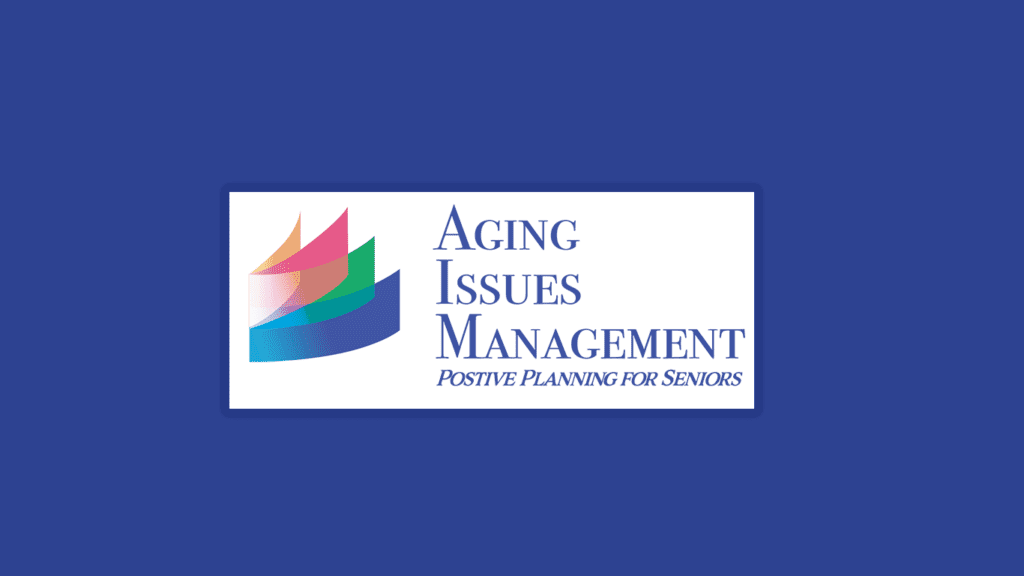Hello, my name is Joe, and I’m videoing from my backyard.
Just Like There Are Four Seasons, There Are Four Stages Of Retirement That You Need To Know About.
During each of the four stages, you need to do different things.
1st Stage – Let’s talk about spring. I’m going to use spring as the first stage of retirement.
- I refer to them as the “go go” years. This is your first few years of retirement, and you want to do things.
- You want to do something different. But what do you think you’re doing? You’re preparing for what’s to come.
- You might be planting in the spring.
- You might be getting ready for the next part of your retirement. I might stay in this house with this backyard for a while longer. But you need to start making a plan for your money. In the beginning of retirement, that is the best thing to do.
You Should Have Done This Before You Retired, But At Least Do It Now So You Know What To Expect Financially.
2nd Stage – We’ll talk about other parts of planning, too, because no matter who you are, you end up in the summer at some point.
- You haven’t noticed how slow everything is during the summer. I call it the slogo years of retirement.
- The second stage of retirement, or maybe the first stage, is between the ages of 65 and 75.
There is no exact age range because everyone is different.
The answers are mostly the same. Excuse me. The problems are pretty much the same, but the way each family solves them is different. But once you reach the second stage of retirement and start to slow down, you need to do a little more planning because anything could happen. For example, you’re looking down at a stream behind me that’s probably 30 to 40 feet deep, and there’s a 32-step staircase to get to it.
When I’m 75, that staircase looks a lot steeper than when I was 65. So, you start to notice that you’re starting to slow down and that it’s getting harder to take care of your house than it was when you were 65. So now you’re in what I call the “slogo years,” when everything just slows down. You start to do a little less, and you start to realize that your arthritis is starting to hurt a little more. But right after that comes the next stage.
3rd Stage – And in that case, in terms of the seasons, it’s fall, which I’ll compare to the no-go years because fall is when things start to change a little bit more. The trees lose their leaves. Everything looks a little bit worse now that we’re starting to get ready for winter and the end of our retirement. When fall comes. It’s very important for you to be able to get help.
- You may need help. That’s something that it’s just again coming. You start to look at, number one, maybe living environment. Do I really need to live in a 3000-square-foot house and maintain it? Or should I be right sizing to something smaller and even in some cases right sizing to assisted living?
4th Stage – If that’s what you decide to do. But now we’re in the last part of retirement, which I like to call the “no go” years. And when I say that these years are “no go,” I mean that we’re going to start making sure that our survivors have the right plans in place. It could be a spouse, a parent, a child, or anyone else. But do you want your life and care to depend on someone else 100 percent?
- And the money that has to be spent to pay for this care? There must be a plan. In the past, people have planned for Medicaid. Elder lawyers will help you make documents that will help you keep your assets safe. I show people what this can do and the next steps of how it can be done.
- You may choose to use services that the government may pay for if you have Medicaid planning in place. We will know how much it will cost if you don’t have it set up. It’s important to plan for all four stages of retirement because of this. If you look at how we plan each year, there are four seasons. Why not prepare for the four stages of retirement?



